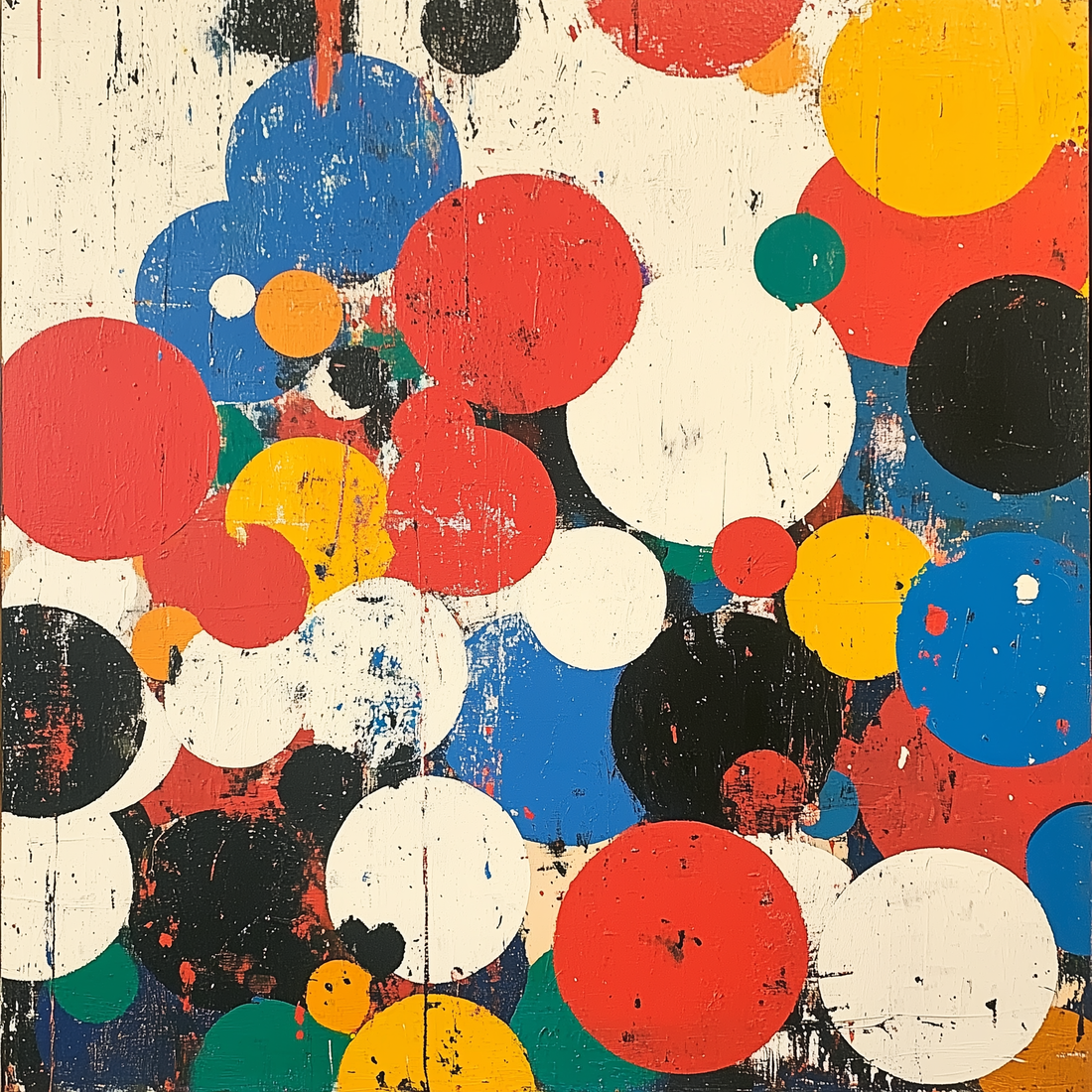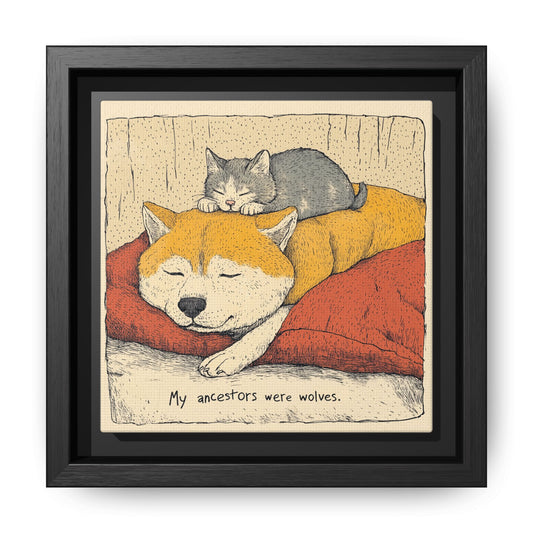
The Art of Color: How to Choose Art That Matches
Color isn’t just decoration—it’s a design strategy. The colors you bring into your home or workspace play a critical role in shaping the atmosphere, perception of space, and even your emotional well-being. Art, in particular, acts as a focal point for this visual language. By applying principles from color theory and interior psychology, you can choose artwork that doesn’t just fill a wall—it transforms it.
Why Color Matters in Interior Design
Interior designers, architects, and behavioral psychologists all agree: color is one of the most powerful tools in shaping a space. Warm tones such as red, orange, and yellow stimulate energy, creativity, and warmth. Cool hues like blue, teal, and green promote calm, clarity, and relaxation. Neutrals like beige, gray, and ivory offer harmony and allow accent colors to shine.
Key strategies in color-based decor:
-
To make a small room feel bigger, opt for cool, light colors like pale blues or greens. These recede visually, creating a sense of openness. Pair with small, vibrant artworks to introduce energy without clutter.
-
For high-ceiling rooms or open spaces, use darker tones or bold colors in framed art to draw attention downward and anchor the room.
-
In mood-focused rooms like bedrooms or meditation areas, go for soft color transitions—think pastels, muted greens, or gentle earth tones.
Choosing Art That Reflects Mood and Function
Every room has a purpose, and the art you choose should enhance that purpose. This is where color and mood meet design strategy:
-
For a creative workspace: Choose abstract or modern pieces with energetic palettes—warm reds, oranges, and vibrant yellows—to fuel productivity.
-
For a minimalist living room: Use color-blocked artwork or graphic shapes in contrasting tones to provide visual structure and focal balance.
-
For a calming entryway or hallway: Art with blue, lavender, or sage hues provides a welcoming, tranquil energy.
Even small-scale art—like our framed canvases—can act as impactful mood-setters, especially when thoughtfully placed in clusters or as accents.
Match, Contrast, or Layer?
There are multiple ways to use color in artwork strategically:
-
Matching: Choose art that echoes your room's palette. This creates visual harmony and cohesion.
-
Contrasting: Use art with opposing colors (e.g., navy and gold) to draw the eye and add dynamism.
-
Layering: Mix hues and intensities across artworks and furnishings to create depth, rhythm, and texture. For instance, cool walls with warm-toned art can balance each other out beautifully.
Canvasquared’s framed format lets you experiment freely—whether it’s building a tone-on-tone gallery or introducing a striking pop of color in a neutral space.
Final Thoughts
Art isn’t just for filling empty walls. It’s a tool to define mood, shape perception, and bring meaning to your interior. With the right understanding of color theory and emotional intent, you can curate a space that supports how you want to feel—energized, relaxed, inspired, or focused.
And when the art is ready to hang in high-quality floating frames that fit anywhere? That’s just smart design.
Find all the art you need at Canvasquared.







